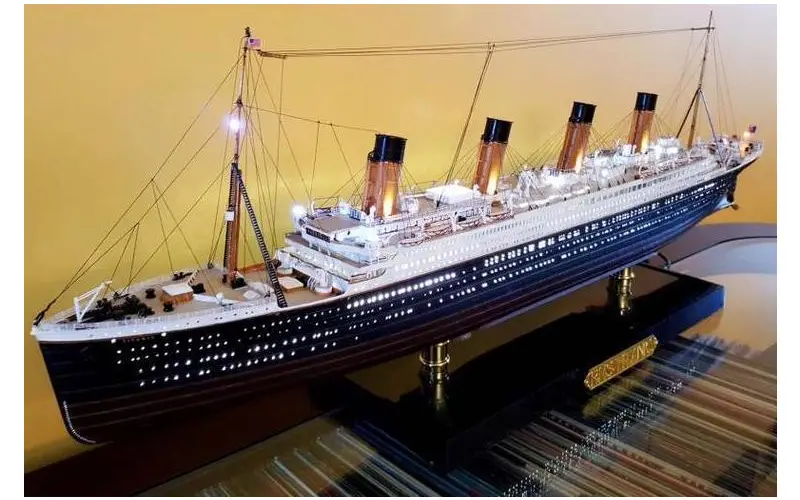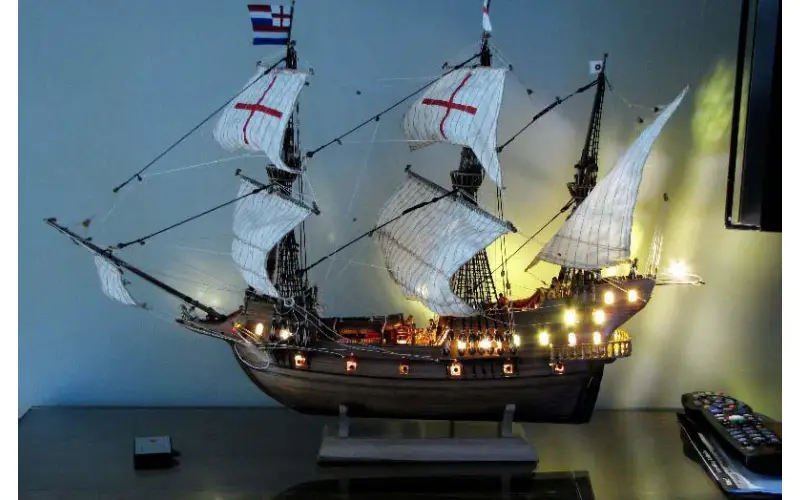Since ancient times, humans have been utilizing lights on ships as a means for navigation and safety on the vast and often treacherous seas. These beacons of light have evolved over time from simple, flickering flames to powerful, modern LED lights that guide ships through the night. The science behind lights on ships is a fascinating and crucial aspect of maritime travel, and understanding it is essential for anyone interested in the history and technology of these beacons. In this article, we will delve into the science behind lights on ships and explore their purpose and significance in the world of navigation.
Lighting The Way A Look At The History Of Lights On Ships
The history of lights on ships can be traced back to ancient times when fires were used as signals for guiding ships into harbors. Over time, these fires evolved into more sophisticated forms such as bonfires, torches, and oil lamps. One of the earliest recorded lighthouses was the Pharos of Alexandria, built in the third century BC in Egypt. It was a towering structure with a fire at the top that could be seen from far out at sea. Lighthouses became more common in the following centuries, but it wasn’t until the 18th and 19th centuries that they were widely adopted as a means of navigation for ships.

Guiding The Journey How Lights On Ships Help Navigation
Navigation at sea is a complex task, and it becomes even more challenging at night. This is where lights on ships play a crucial role in guiding the journey. By providing a visible reference point, lights on ships help mariners to determine their position and stay on course. They are especially important in foggy or stormy conditions when visibility is significantly reduced. The different colors, patterns, and flashing sequences of lights on ships also convey specific information to mariners, such as the direction of a channel or the presence of hazards.
Guiding The Way The Enduring Role Of Lighthouses In Transoceanic Travel
Lighthouses are particularly vital for transoceanic travel, which involves crossing vast distances over open waters. In the past, these journeys could take weeks or even months, and mariners heavily relied on lighthouses to guide them. The strategically placed lighthouses along coastlines and on islands acted as beacons of hope for ships on long and perilous journeys. They marked the location of ports and provided a sense of security for weary sailors. Today, with modern navigation technology, lighthouses are still essential for transoceanic travel, but their role has evolved to support the safe passage of ships and prevent collisions.
From Flames To LED The Evolution Of Lights On Ships
The evolution of lights on ships is a testament to humanity’s continuous innovation and technological advancements. Over time, the use of fire for lighting was replaced with more efficient and long-lasting sources such as oil lamps, gas burners, and electric lights. Today, the majority of lights on ships use LED technology, which is highly energy-efficient, durable, and bright. LED lights also come in various colors, making them ideal for navigation purposes. With the constant evolution of LED technology, we can expect to see even more sophisticated and advanced lights on ships in the future.
Lighting The Seas Understanding The Technology Behind Lights On Ships
The science behind lights on ships involves a combination of optics, physics, and engineering. The size, shape, and type of lens used in a lighthouse determine the intensity, range, and direction of the light it produces. The use of light amplifiers, such as mirrors and parabolic reflectors, also plays a significant role in enhancing the beam of light. In addition, modern lights on ships are equipped with advanced electrical systems that enable them to operate efficiently and withstand harsh maritime conditions.
Navigating Through The Night How Lights On Ships Keep Mariners Safe
The safety of mariners is of paramount importance, and lights on ships play a critical role in ensuring their well-being. In addition to providing a visible reference point for navigation, lights on ships also act as warning signals for potential hazards such as shallow waters, rocks, and other vessels. They are also essential for preventing collisions, which can have catastrophic consequences at sea. The proper maintenance and operation of lights on ships are crucial for keeping mariners safe, and it is a responsibility that is taken very seriously.
The Beacon Purpose Using Lights On Ships To Prevent Collisions
One of the primary purposes of lights on ships is to prevent collisions between vessels at sea. The International Regulations for Preventing Collisions at Sea (COLREGS) states that all ships must display appropriate lights to signal their position, direction, and status. This helps other vessels to determine the actions they need to take to avoid a collision. The position, color and intensity of the lights on ships communicate specific information to other mariners, enabling them to navigate safely and avoid potential accidents.
Conclusion
Lights on ships have come a long way since the days of flickering flames on the shore. They have evolved into powerful and sophisticated beacons of light that play a crucial role in the safety and navigation of ships at sea. The science behind lights on ships is a combination of optics, physics, and engineering, which has continually evolved with technology. Today, lights on ships are essential for guiding the journey, keeping mariners safe, and preventing collisions at sea, making them an integral part of maritime travel.

Introducing Kyriakos Loretta, a nomadic wordsmith navigating the ever-shifting cities of the United States. This prolific author has penned captivating books that reflect a passion for storytelling that knows no boundaries. Beyond the written realm, Kyriakos collaborates with magazines and news channels, weaving narratives that mirror the dynamism of the diverse American urban landscape.



